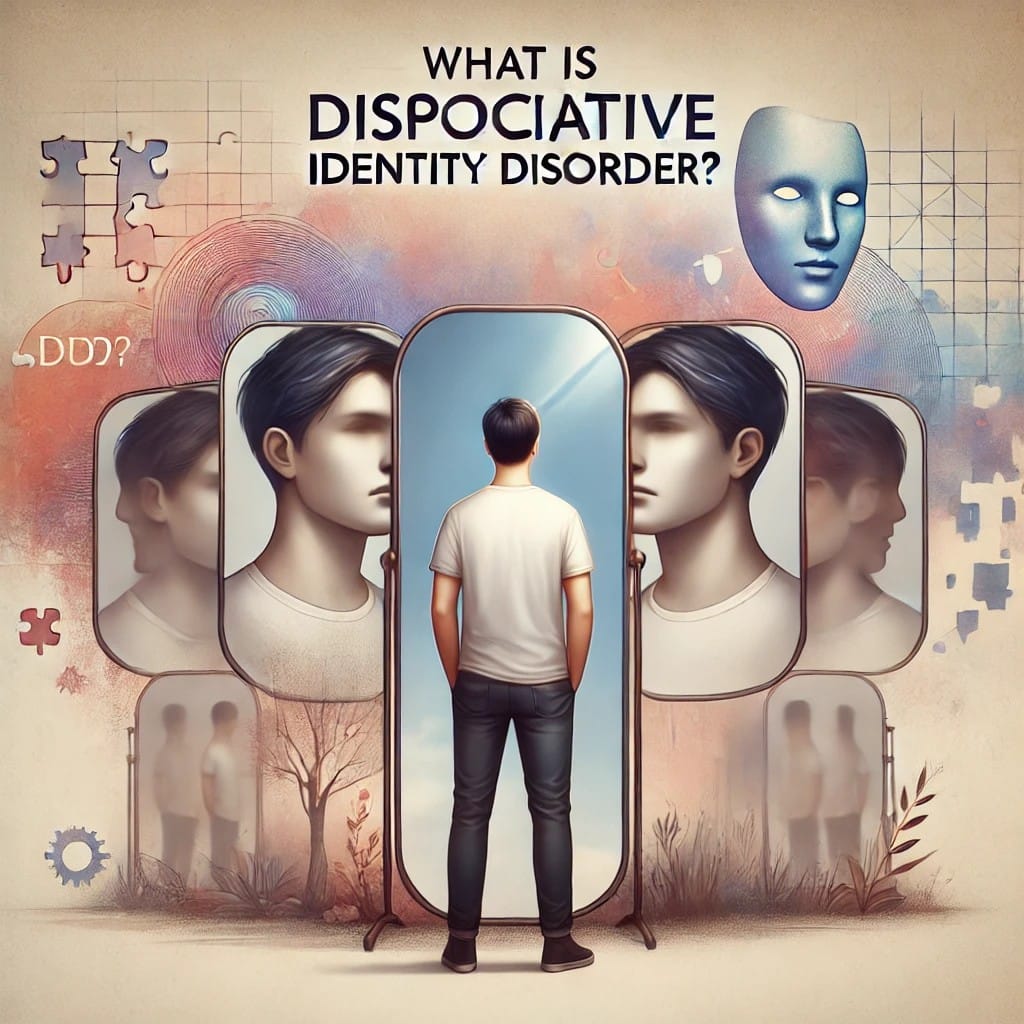Formerly known as Multiple Personality Disorder, Dissociative Identity Disorder (DID) remains one of the most misunderstood and controversial mental health conditions. Popular media has often sensationalized this complex condition, portraying dramatic personality switches and extreme behaviors that rarely reflect the lived experiences of those with the disorder.
I have spent years researching dissociative disorders and have observed how harmful these misconceptions can be for those seeking understanding and treatment. The reality of DID is both more nuanced and more challenging than Hollywood depictions suggest.
What Is Dissociative Identity Disorder?

Dissociative Identity Disorder is characterized by the presence of two or more distinct personality states or experiential identities that recurrently take control of behavior. Individuals with DID experience gaps in memory for everyday events, personal information, and traumatic experiences that go beyond ordinary forgetfulness. The Diagnostic and Statistical Manual of Mental Disorders (DSM-5) outlines specific criteria for diagnosis, including:
Disruption of identity characterized by two or more distinct personality states Recurrent gaps in the recall of everyday events, important personal information, and/or traumatic events. Symptoms causing significant distress or impairment in functioning and disturbance not attributable to substance use or another medical condition
It is important to note that DID is not rare, with prevalence estimates ranging from 1-3% in the general population—comparable to bipolar disorder.
The Trauma Connection

DID is fundamentally a trauma-based disorder. Research consistently shows that 90-95% of individuals with DID report histories of severe childhood abuse or neglect. This early trauma occurs during critical developmental periods when children are forming a cohesive sense of identity.
When faced with overwhelming trauma, particularly from caregivers, children may develop dissociative responses as a survival mechanism. These psychological walls compartmentalize traumatic experiences, allowing the child to function despite adversity. Over time, these separated aspects of consciousness may develop into distinct identity states.
Dr. Bethany Brand’s research has demonstrated that individuals with DID score higher on objective measures of traumatic experiences than those with other psychiatric disorders, including PTSD. This finding underscores the significant role of trauma in the development of the disorder.
Recognizing the Signs

Contrary to dramatic media portrayals, the symptoms of DID are often subtle and primarily internal. Many individuals with DID live for decades without diagnosis. Key indicators include:
Identity disruption
Different parts of the personality may have distinct names, characteristics, mannerisms, and self-perceptions. Switches between states may be apparent to observers or only noticeable to the individual.
Dissociative amnesia
Finding evidence of actions you do not remember performing, such as discovering unfamiliar items, notes, or communications; being told about conversations you do not recall.
Depersonalization and derealization
Persistent feelings of detachment from one’s body, thoughts, or emotions; experiencing the world as unreal or dreamlike.
Time loss
Unexplained gaps in memory, “coming to” in unfamiliar locations without knowing how you got there.
Internal dialogue
Hearing voices internally that are experienced as separate from one’s own thoughts. These voices may argue, comment, or provide guidance.
Fluctuation in skills and preferences
Noticeable changes in handwriting, artistic abilities, accent, or food preferences across different identity states.
Effective Treatment Approaches

Treatment for DID is generally long-term, focusing on three primary phases:
Stabilization and symptom reduction
Establishing safety and developing coping skills. Building therapeutic alliance. Managing dissociative symptoms. Addressing comorbid conditions like depression or substance use
Trauma processing
Gradual processing of traumatic memories. Integration of fragmented experiences. Improving communication between identity states
Integration and rehabilitation
Working toward fusion of identity states or improved cooperation. Developing adaptive living skills Building healthy relationships
The International Society for the Study of Trauma and Dissociation (ISSTD) treatment guidelines emphasize a phase-based approach. Evidence supports several therapeutic modalities:
Trauma-focused psychotherapy
Specifically adapted for dissociative disorders, this approach addresses both traumatic experiences and dissociative symptoms.
Eye Movement Desensitization and Reprocessing (EMDR)
When appropriately modified for DID, EMDR can help process traumatic memories.
Internal Family Systems Therapy
This approach views identity states as parts of a larger system and works to improve internal communication and cooperation.
Dialectical Behavior Therapy skills
DBT techniques help with emotion regulation, distress tolerance, and interpersonal effectiveness.
Medication may address co-occurring conditions like depression or anxiety but cannot treat the dissociation itself.
Living with DID

Many individuals with DID lead functional lives with appropriate treatment. Recovery does not necessarily mean complete integration of all identity states—for some, improved cooperation between states and reduced amnesia represent significant progress.
Support systems play a crucial role in recovery. Family education, peer support groups, and trauma-informed care create environments where healing becomes possible.
Conclusion
Dissociative Identity Disorder represents the mind’s remarkable ability to survive overwhelming trauma. By understanding DID as an adaptive response rather than a bizarre aberration, we can approach treatment with compassion and evidence-based practices.
While challenges remain in diagnosis and treatment, increased awareness and research continue to improve outcomes. With appropriate support, individuals with DID can move from fragmentation toward greater internal harmony and external functionality.
If you suspect you or someone you know may have DID, seek evaluation from a mental health professional with expertise in trauma and dissociation. Recovery is possible with specialized care and ongoing support.
References
American Psychiatric Association. (2013). Diagnostic and statistical manual of mental disorders (5th ed.). Arlington, VA: American Psychiatric Publishing.
Brand, B. L., Classen, C. C., McNary, S. W., & Zaveri, P. (2009). A review of dissociative disorders treatment studies. The Journal of Nervous and Mental Disease, 197(9), 646-654.
International Society for the Study of Trauma and Dissociation. (2011). Guidelines for treating dissociative identity disorder in adults, third revision. Journal of Trauma & Dissociation, 12(2), 115-187.
Loewenstein, R. J., & Brand, B. L. (2014). Treating complex trauma survivors. Psychiatric Times, 31(10).
National Alliance on Mental Illness. (2022). Dissociative disorders.

